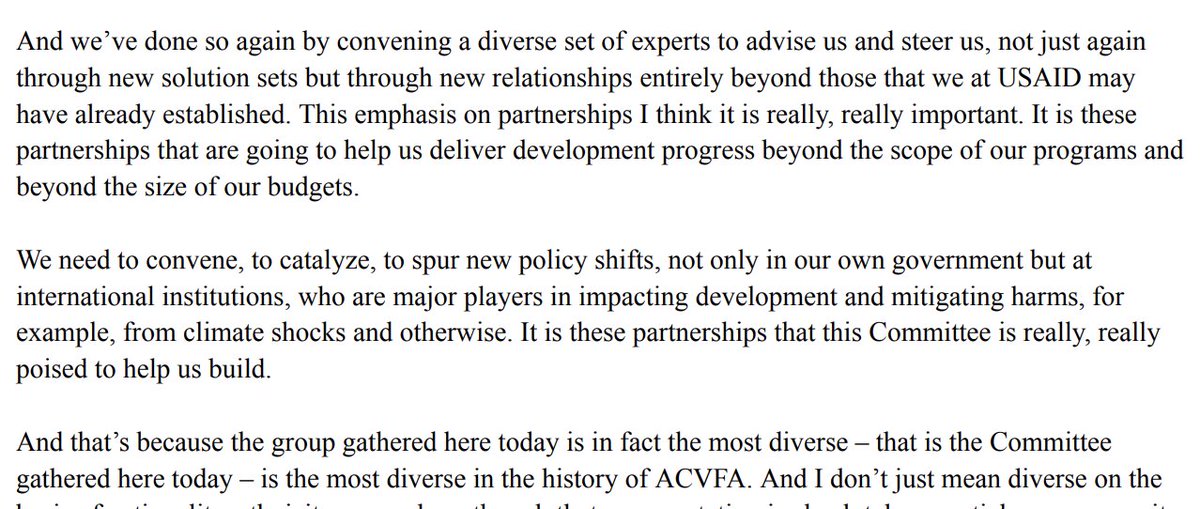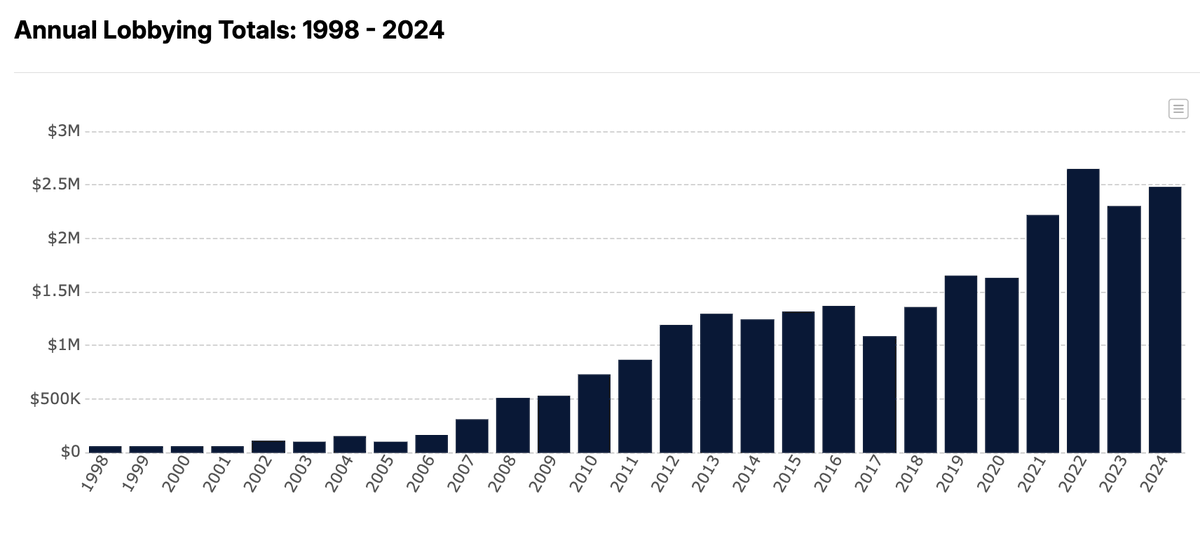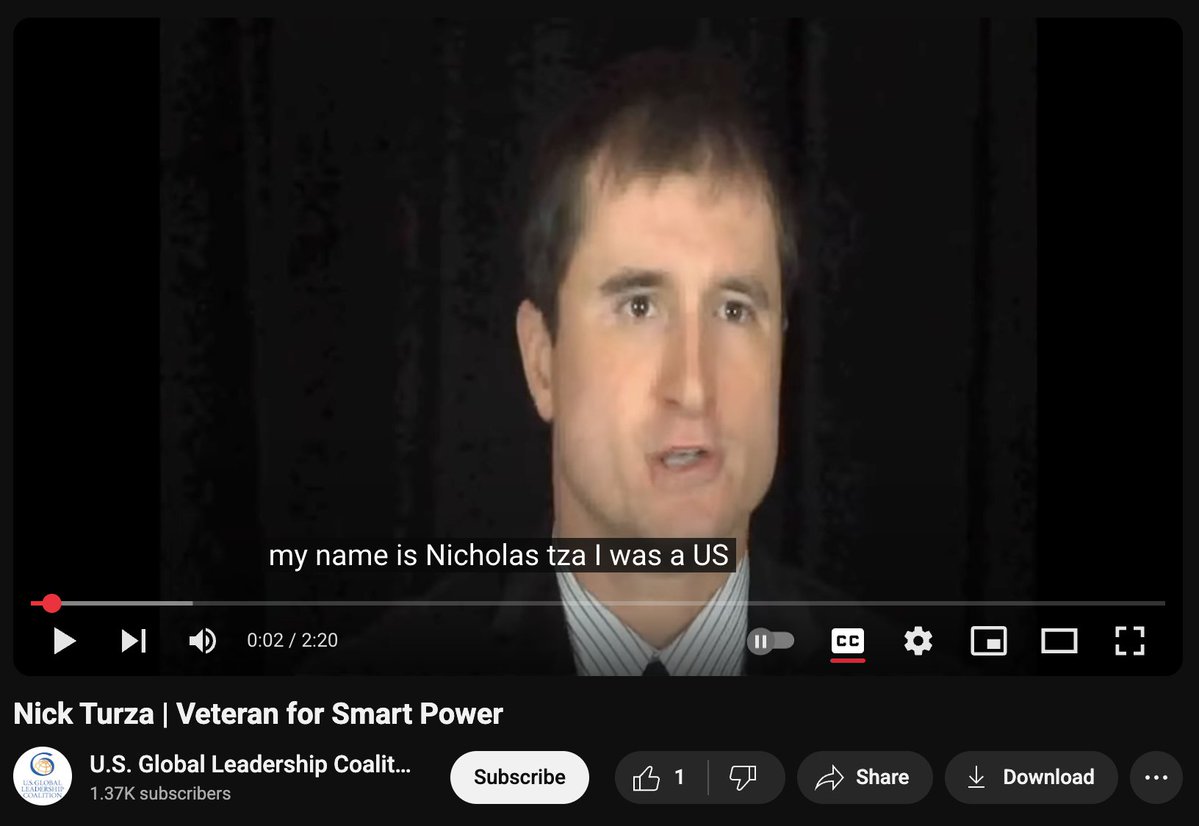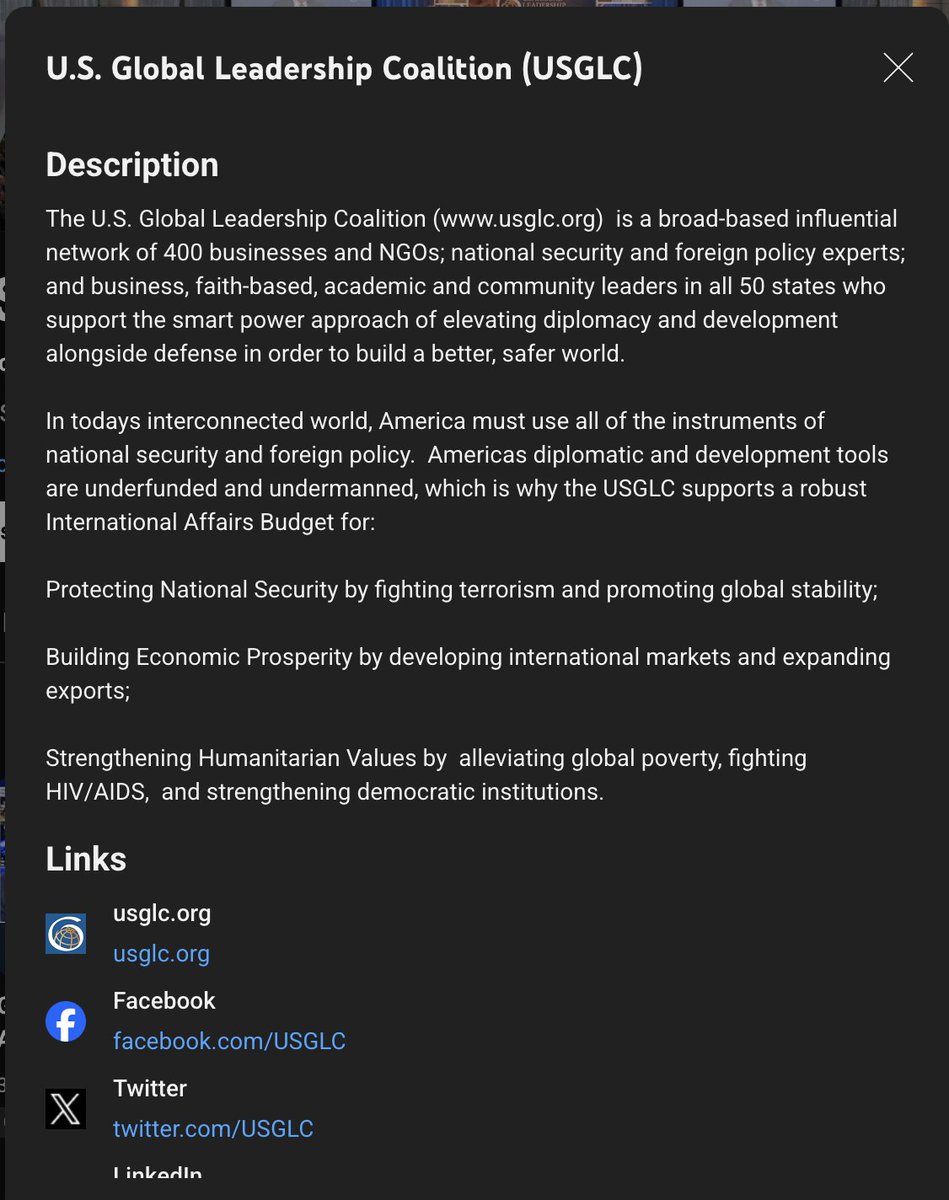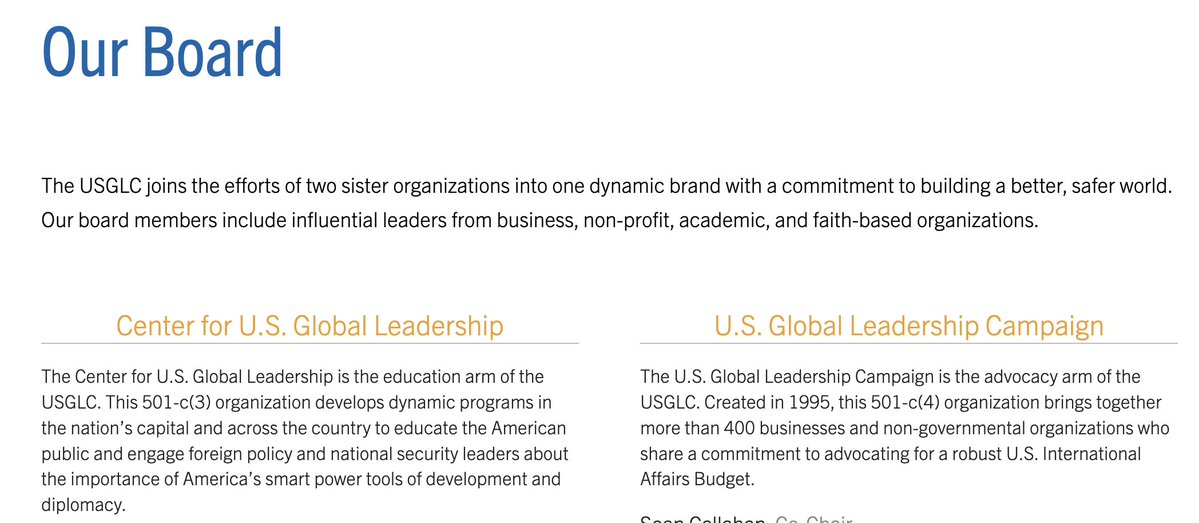🚨💥 Hunter Biden: The Burisma-💰➡️USAID Pipeline!
Thanks to @MarcoPolo501c3 for the help with emails.
On July 9, 2014, an email to Hunter Biden floated the idea of Burisma becoming a "partner" with USAID.
By October 25, just over three months later, Burisma had secured a role in the USAID Municipal Energy Reform Project in Ukraine. Hunter received a thank-you in an email.
USAID would ultimately allocate $16.5 million to this project.
Hunter Biden was deeply involved with USAID. He is also seen in other emails making connections with USAID appointees and even being asked for advice on appointees and resumes.



Thanks to @MarcoPolo501c3 for the help with emails.
On July 9, 2014, an email to Hunter Biden floated the idea of Burisma becoming a "partner" with USAID.
By October 25, just over three months later, Burisma had secured a role in the USAID Municipal Energy Reform Project in Ukraine. Hunter received a thank-you in an email.
USAID would ultimately allocate $16.5 million to this project.
Hunter Biden was deeply involved with USAID. He is also seen in other emails making connections with USAID appointees and even being asked for advice on appointees and resumes.



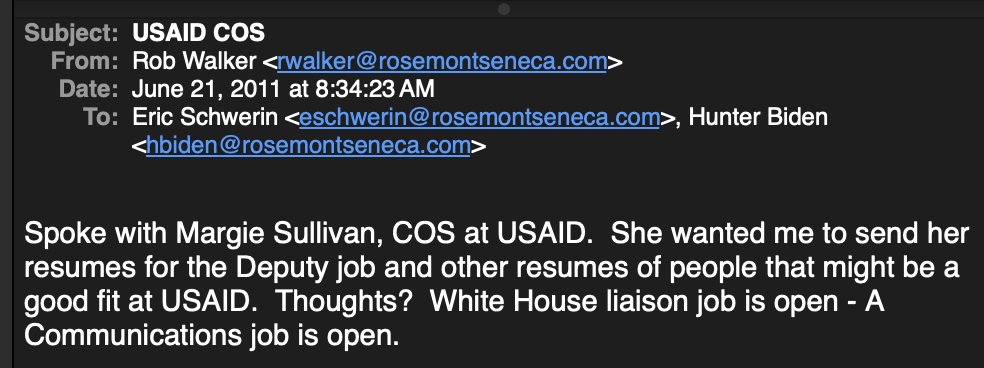
@MarcoPolo501c3 That, right there, is why Hunter Biden was worth the $50,000/month.
@MarcoPolo501c3 The emails have been public for some time, but people focused on the scandalous stuff.
Only with recent context do we start to understand what's actually buried in them and why Hunter received his pardon.
Only with recent context do we start to understand what's actually buried in them and why Hunter received his pardon.
• • •
Missing some Tweet in this thread? You can try to
force a refresh




